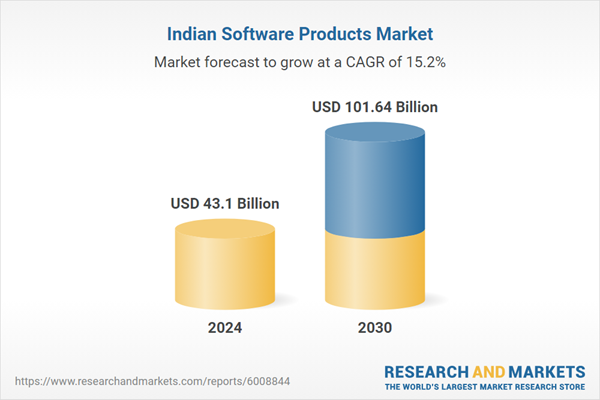Manish Tewari | India and the global AI race: Winning strategies
At the recent Munich Security Conference, US Vice-President J.D. Vance in a blunt speech reprimanded the leaders of Europe for their duplicity qua the fundamental principles that constitute the holy grail of democracy. However, what got missed amid the fulminations was that Mr Vance’s diatribe underlined the revivification of the conceptual insularity that had underpinned the first term of President Trump. The address underscored that Jacksonian impulses would be the beacon of US foreign policy over the next four years.
The above postulates were evidenced by the Trump administration’s decision not to sign the Paris Declaration on AI cooperation once again underscoring that competition as opposed to cooperation would be the approach to the political and geo-strategic race for AI supremacy.
The Fierce Global Battle for AI Supremacy
Nations across the world are making massive investments in AI, recognising it as a cornerstone of future economic and military strength. China has set an ambitious target of investing 150 billion dollars in AI by 2030, while Russia allocated 181 million dollars between 2021 and 2023. The United States witnessed a dramatic surge in federal AI contracts, jumping from 355 million dollars in 2022 to 4.6 billion dollars in 2023. Additionally, Saudi Arabia recently announced a 40 billion dollars AI fund.

The US remains at the forefront of AI research and commercialization, driven by tech giants like Google, Open-AI and Meta. Meanwhile, China, backed by state-led initiatives, is determined to outpace the US by 2030. The success of the Chinese Deepseek AI assistant powered by Deepseek-V3 technology and the alarm bells it has set ringing across the West is indicative of Chinese growing prowess in the field of AI.
Smaller nations such as South Korea and Israel are carving out their own AI niches, focusing on hardware, cyber security, and military applications. However, global AI governance remains fractured, as evidenced by the diffidence and contradistinction in the approach of major players like the US and the UK at the Paris AI Summit 2023.
A Tale of Lost Opportunities
Despite its strong IT sector, India lacks a clear and effective AI strategy. Government initiatives, such as the India AI Mission, have yet to make a significant impact, and investment in AI research and development remains insufficient. As per the Economic Survey of India tabled in July 2024, India allocates just 0.64 per cent of its GDP to R&D, significantly lower than China’s 2.41 per cent and the over 4-5 per cent spent by nations like Israel and South Korea. The budget for the India AI Mission was slashed from 551.75 crore to 173 crore rupees in 2024-25, with a proposed Budget estimate of Rs 2,000 crores for 2025-26, still far below the level needed to compete globally.
A report by Change Engine ranks India 14th in AI research contributions, accounting for just 1.4 per cent of the global total, while the US and China lead with 30.4 per cent and 22.8 per cent contributions, respectively. Meanwhile, smaller nations such as Hong Kong, Singapore, and South Korea have made significant strides.
India’s AI Ambitions Hindered by Infrastructure Gaps

A thriving AI ecosystem relies on a robust semiconductor and computing industry, areas where India continues to struggle. While countries like Taiwan, South Korea and the US have made investments in semiconductor manufacturing, India’s efforts, such as the Vedanta-Foxconn project, have been hampered by policy uncertainties and bureaucratic delays. In 2022, the US committed 52 billion dollars to semiconductor R&D through the CHIPS and Science Act, while the EU launched a 47 billion dollars semiconductor initiative. In contrast, India lacks a comprehensive semiconductor strategy.
China has been investing in semiconductor research since the 1960s, cultivating a skilled workforce that now commands 30 per cent of the global semiconductor chips market. AI computing power is another critical shortfall, India accounts for less than two per cent of global computing infrastructure, while the US and China together control nearly 60 per cent. Without a domestic industry, India remains heavily reliant on foreign cloud providers, making its AI growth vulnerable to geopolitical shifts.
Policy Gaps and Funding Shortfalls
India’s slow progress in artificial intelligence can be attributed to fragmented policies and insufficient investment. Unlike China’s aggressive, state-driven AI strategy, India’s research funding remains dispersed, with the government accounting for 55 per cent of total R&D expenditure. In contrast, developed nations rely more on private-sector contributions to drive AI innovation.
![]()
Another major challenge is brain drain. Many of India’s top AI and semiconductor engineers leave for opportunities in the US and Europe, drawn by better research facilities and funding. Without strong incentives, retaining talent will remain a struggle. Additionally, India has yet to foster effective public-private partnerships — an essential driver of AI progress in nations like the US and China. Bureaucratic roadblocks further discourage private investment in deep tech and AI startups.
India Must Act Now
For India to emerge as a global leader in artificial intelligence, it must urgently revamp its approach to AI, semiconductors, and quantum computing. The government needs to substantially increase R&D investments, build world-class research institutions, and implement policies that attract foreign investment in critical technologies. Without a clear strategy and a sense of urgency, India risks falling behind in the global AI race.

The Paris AI Summit 2023 highlighted the complexities of AI governance but also reinforced AI’s growing role in international diplomacy and power dynamics. If India does not take bold and decisive action now, it will be relegated to the sidelines of the AI revolution, relying on foreign nations for essential technology. The time for hesitation is over, India must act swiftly to secure its place in the future of AI or risk long-term technological irrelevance.



















